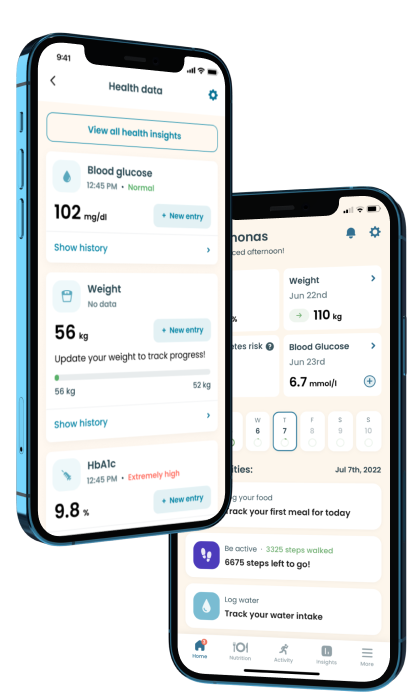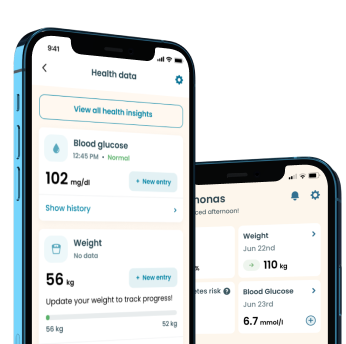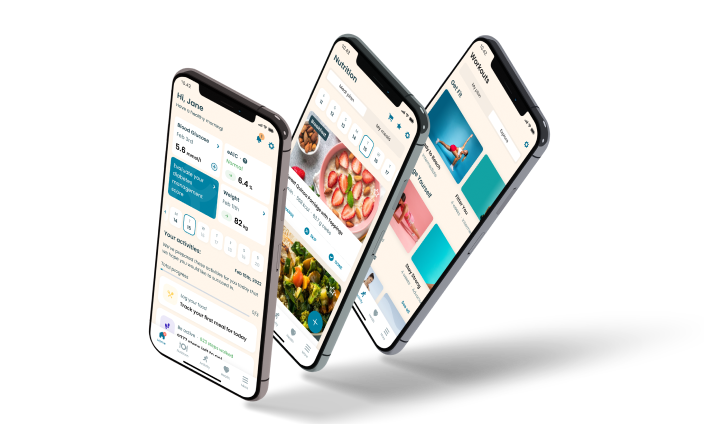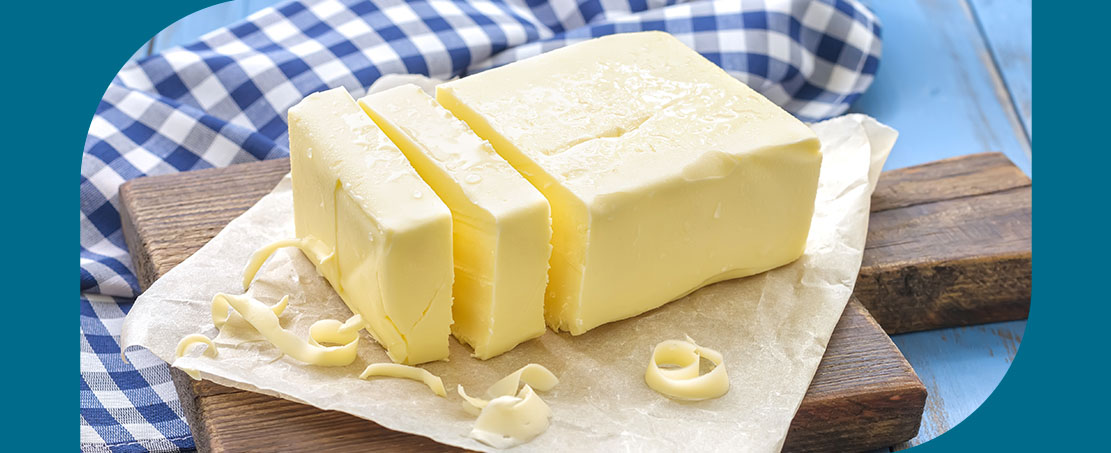Basmati Rice and Diabetes: Is Rice a Healthy Meal for Diabetes?

Yes
58
126 kcal
Rice is one of the most consumed foods in the world. However, doctors are quick to tell people with diabetes to avoid it because of its high amounts of carbs. Meals with high amounts of carbohydrates pose problems for this metabolic condition. But you see, there are more than 40,000 types of rice globally, with basmati rice being a good option for diabetes.
Eating a balanced diet is your best bet to manage diabetes properly. That said, basmati rice contains some essential nutrients that help control diabetes. Besides the high amounts of carbs, whole grain like basmati rice has fibers, proteins, and a couple of essential vitamins and nutrients.
This article provides necessary information relating to basmati rice and the management of diabetes. It gives insight into how individuals with diabetes can enjoy rice. Read on to learn how you can include it in your dietary plan.
Nutritional value
- Protein 2.7 g
- Carbohydrate 28 g
- Fat 0.3 g
- Fiber 0.4 g
- Sugar 0.1 g
- Cholesterol 0 g
What Exactly is Basmati Rice?
Basmati rice is a long slender grain with a distinct nutty flavor and a unique flavor and aroma different from other rice varieties. The aromatic flavor results from the aging process it undergoes during processing. Upon cooking, it is said to produce a smell similar to popcorn.
This rice is one of the several varieties native to southern Asia, especially India and Pakistan. It has been cultivated in these regions for thousands of years, especially in India, which is responsible for up to 70 percent of the world's supply.
Basmati rice is considered a staple in Indian dishes and cuisines. Over the years, it is becoming widespread. You can easily procure it from your local or online food store. The rice exists in two variants - white and brown basmati rice, with both having the general properties of taste and flavor. The difference is the processing condition. While white rice lacks the hull, germ, and bran layer, only the hull is removed in the brown rice. This is what makes it a healthy diet.
Take a quiz
Discover what Klinio app can do for you
Healthy diabetes meal plan crafted just for YOU

Personalized workouts with no equipment needed

Track your progress with smart tracking tools

Nutritional Stats of Basmati Rice
Rice is essentially known as a high-calorie meal that is rich in carbs, and so is this native Indian rice. However, basmati rice contains several other nutrients, including proteins and fibers.
The table below shows the nutritional value of a cup (142 grams) of cooked basmati rice.
Nutritional constituents
Values:
Calories 210
Carbohydrates 46 g
Proteins 5 g
Fiber 0.99 g
Sugar 0 g
Fats 0 g
Minerals and Vitamins
Basmati rice is a good source of essential minerals and vitamins for the body. Below are some of the vitamins and minerals you stand to benefit from eating this rice:
-
Vitamin B1
-
Vitamin B6
-
Folate
-
Copper
-
Calcium
-
Magnesium
-
Potassium
Health Benefits of Grain Basmati Rice
Though basmati rice has a high amount of carbs and calories, its addition to the diet is good for diabetic health. Both brown basmati and white rice consumption provide the body with essential nutrients.
The following are some of the health benefits of this rice:
Suitable for Diabetes Management
Often, experts tell diabetes patients to avoid foods rich in carbohydrates, such as rice. However, unlike other forms of rice, basmati rice has a low glycemic index, which makes it a good food for people with diabetes.
Still, we cannot overlook the high amounts of carbs in basmati rice, as it accounts for more than 30 percent. Therefore, diabetes patients must eat basmati rice in moderation. Excessive rice consumption can lead to elevation of blood glucose levels.
Good Source of Dietary Fibers
Basmati rice has a decent amount of dietary fiber. Besides taking foods with a low glycemic index, dietitians often recommend that people with diabetes take a high-fiber diet, especially those with type 2.
You see, the human body finds it difficult to break down fibers. Hence, it is not quickly absorbed. As a result, it doesn't cause a spike in blood sugar levels like regular carbs. Instead, it assists in keeping the blood sugar levels stable.
What's more? Fibers, like that of basmati rice, are useful for bowel movements. Also, consuming foods low in fiber may cause issues with the digestive tract, such as constipation.
Reduce Risk of Cardiovascular Disease
Generally, heart disease goes hand in hand with diabetes; they are the major complication of this metabolic condition. That said, whole grains like brown basmati rice help reduce blood lipid levels, which helps maintain normal blood pressure.
High cholesterol levels in the blood constitute a significant risk factor in heart conditions, such as angina and even high blood pressure. So it will be good to include it in your diet, but remember, don't consume rice excessively.
Maintenance of Brain Health
Basmati rice is a good source of vitamin B, especially B1. A single serving accounts for more than 20 percent of the daily recommended serving of thiamine, vitamin B1. Thiamine assists the body in the conversion of carbohydrates to energy. It also plays a crucial role in the healthy maintenance of the brain's activities.
Reduces Risk of Cancer
Foods high in fiber are linked to lowering certain cancer risks, especially colorectal cancer.
Whole grain basmati rice - brown rice, is richer in dietary fibers than white rice. In fact, it contains at least 20 percent more fiber than other kinds of brown rice. Specialists suggest that daily consumption of whole grain basmati rice may reduce one's risk of colorectal cancer by up to 17 percent. Again, eat rice in moderation.
The glucose in our body comes chiefly from carbohydrates consumed in our diet. However, the body also produces glucose for the body, mainly through the liver. Now, you are probably thinking about why else you need to consume carbs, especially with your underlying condition.
Yes, you are right.
Generally, experts often advise diabetic individuals, especially type 2, to avoid the consumption of carbs.
However, wholegrain basmati rice is healthy for those with this metabolic condition. In fact, they should be included in your dietary plans. The National Institute of Diabetes and Digestive and Kidney Diseases recommends daily consumption of whole grains for diabetes patients.
Whole grain basmati rice ranks low on the glycemic index. It falls between 50 and 58. Low GI foods fall below 55 on the glycemic index. Hence, diabetic patients can eat rice, like basmati, as it falls within this range.
The low glycemic index coupled with its fiber content ensures that sugar is slowly released into the blood after digestion. Hence, low blood glucose levels.
Consequently, causing stability in blood sugar levels instead of spikes.
On the other hand, other carbs and refined grains are already stripped of their fibers, which cause their sugars to rapidly enter the bloodstream, causing spikes in blood sugar levels.
Furthermore, both whole grain basmati and the white variant are more nutritious than most other kinds of rice. They contain minerals and vitamins in decent amounts. The magnesium in basmati rice is also linked with blood sugar regulation.
What Other Kinds of Rice Are Good for Diabetes?
Rice, especially white rice, is more or less a global meal. But do you know that most varieties of rice, especially the typical white rice, have a high glycemic index which is unhealthy for diabetes patients?
Generally, it is known that all forms of rice have high amounts of carbohydrates. However, brown or wild rice and basmati rice are healthy for people with diabetes unlike white rice.
Below are some types of rice that diabetes patients can consume:
Brown Rice
Brown rice, like brown basmati rice, is a whole grain - they contain every part of the grain, including the fibrous bran layer, endosperm, and the nutritious germ. Besides fibers, brown rice also has lots of vitamins and minerals. Essentially, brown varieties offer the body nutritional and health benefits similar to basmati rice. Also, it ranks low on the glycemic index between 50 and 55.
Wild Rice
Wild rice is another whole grain said to reduce the risk of diabetes by more than 20 percent. It is rich in fiber, proteins, vitamins, and other phytocompounds. It has a low glycemic index of around 45.
Black Rice
Black rice is another highly nutritious whole grain with many amazing benefits, including a good meal for people with diabetes. It has a glycemic index in the range of 42 and 45. It contains some phytocompounds associated with lowering blood sugar levels and weight management.
Other varieties of rice that individuals with diabetes can eat include jasmine rice, sticky rice, red rice, glutinous rice, etc. Besides the high fiber content, they all have a lower glycemic index.
However, people with diabetes and other metabolic disorders must know the nutritional constituents of whatever food they want to add to their dietary plan. Or better still, consult your dietitian or wellness expert.
That said, when it comes to including rice into the diet, individuals with diabetes should go for the ones with high fiber, among other nutrients besides carbs. Avoid foods with a high glycemic index. Also, avoid overcooking because cooking reduces the fibers and may alter the glycemic index, resulting in blood sugar spikes after consumption.
Alternative Grains for Diabetes
As mentioned earlier, rice is the most consumed meal worldwide. So, perhaps you are just tired of eating rice. What other grains can you enjoy as a person with diabetes?
We must stress that you should stick only to the whole grain variety. Try to cut off refined carbs, like pasta and bread; they are highly risky for diabetes management.
Below is a list of low to medium glycemic index whole grains you can enjoy with your metabolic condition:
-
Buckwheat
-
Millet
-
Bulgur
-
Quinoa
-
Beans
-
Rye
-
Barley
-
Sorghum
-
Oats.
Again, remember we are emphasizing whole grains and not the refined forms of these foods.
The American Diabetes Association recommends avoiding processed and refined foods, especially white rice and foods produced with white flour and added sugar. You could also try out whole grain bread and pasta if you want to continue enjoying these foods.
Drawbacks
The potential shortcomings and downsides to basmati are associated with the consumption of white basmati rice instead of brown variants. The white variant is refined and contains fewer nutrients. Hence, it is liable to increase the risk of diabetes, especially type 2, as it has the potential to elevate blood glucose levels.
We have stressed that people with diabetes should stick with whole grain rice. It will be smart for an individual with a family history of this condition to stick with whole grain basmati rice.
General Tips to Prepare Rice for Low Glycemic Effects
Essentially, the kind of rice and the quantity consumed are the most critical factors in determining the glycemic index.
That said, below are some tips that can help ensure that you do not alter the GI of the rice you cook:
-
Do not overboil. Excessive boiling causes loss of fibers.
-
Do not use a pressure cooker.
-
Add non-starchy vegetables and legumes to provide more nutrients.
-
Substitute white rice with whole grains like brown basmati rice and brown rice.
-
Reduce your portion size.
-
You can mix brown basmati rice with beans for the whole protein.
Ultimately, you need to work with a dietitian to assist you in designing a perfect dietary plan that suits you best.
Conclusion
Basmati rice comes in two variants - white and brown. Try to stick to the brown basmati. The white variants and other refined grains have lost the nutrients that make them healthy for diabetes patients.
Dietary modifications and lifestyle changes remain the most important means of managing diabetes. We have said that this rice is healthy enough. However, remember that basmati rice, even the brown variant, is still chiefly carbohydrates. Hence, eating it in moderation is essential to get the best results.
Whenever you decide to make any adjustments to your diet, it is vital to inform your doctor. They will give you professional advice on how best to go about your new dietary plan not to hamper your condition.
Working with a suitable diabetes management app is also essential. Klinio is an excellent choice. It can help you monitor your blood sugar levels and exercise towards obtaining the best outcomes for managing diabetes.

Download Klinio app!
Get more by downloading our free Klinio App. Analyze your health, form new habits and manage your diabetes anytime, anywhere.
OR
SCAN QR CODE



GET THE APP











